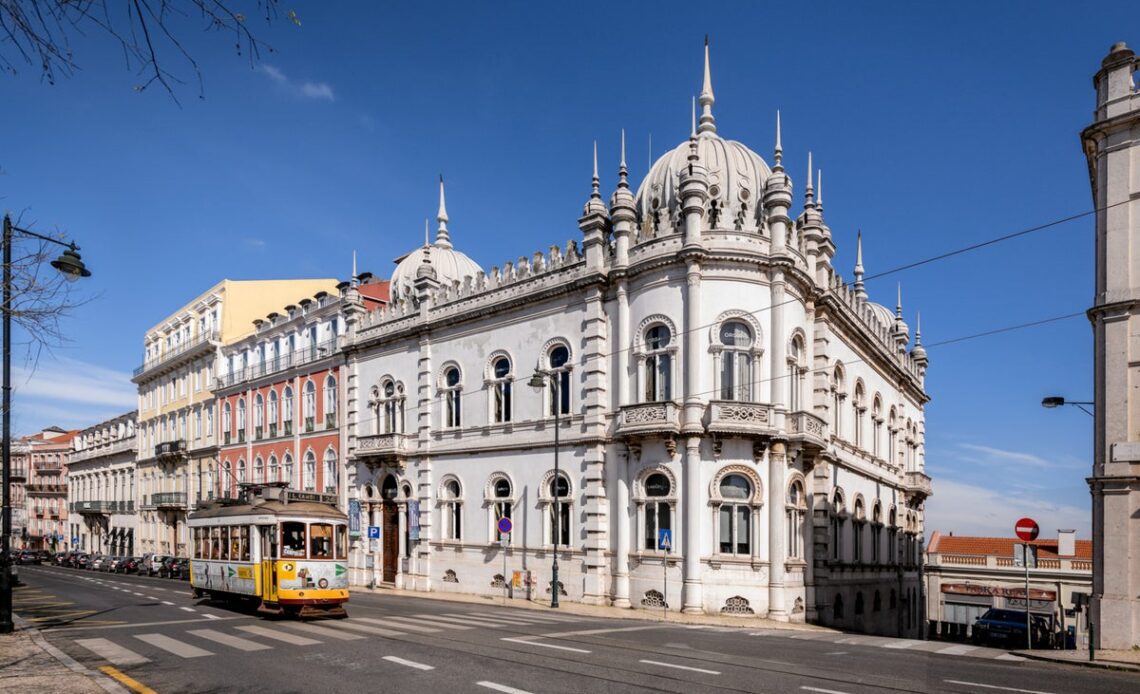Our microguides series is inspired by the slow travel movement, encouraging travellers to relax their pace and take a deep dive into one particular neighbourhood in a well-loved city. Rather than a whirlwind itinerary which aims to hit up every must-see attraction, these compact, close-up guides encourage you to zone in, take your time and truly explore like a local.
Lisbon has become such a popular destination for a city break that its central districts can, at times, feel saturated by tourists. Somehow – and thankfully – the crowds haven’t yet found their way to hilltop Principe Real.
Crowning São Roque, one of the seven hills across which Lisbon sits, this lively and leafy neighbourhood is just above busier Chiado and Bairro Alto, but its vibe is far more local and laid-back. Instead of mainstream attractions, Principe Real’s appeal lies in its interesting shops, bars and restaurants (with barely a chain outlet in sight) hiding behind neoclassical façades, along with an element of counterculture as the city’s LGBT+ quarter.
Rua Dom Pedro V and Rua da Escola Politecnica – the one is a continuation of the other – are Principe Real’s main drag. The no 24 tram trundles the length of this boulevard; or get here via the Gloria funicular, which makes easy work of the ascent from Avenida da Liberdade, Lisbon’s central artery.
Here’s how to make the most of this overlooked part of Lisbon.
Do
Park life
At the heart of this lively neighbourhood is the main square of Jardim do Principe Real. Stop at either kiosk for coffees and pastries, pause in the shade of its huge cedar tree, or browse the stalls selling high-quality gifts and foodstuffs from small-scale producers on Saturdays.
Read more on Portugal travel:
Going underground
Find out more about Lisbon’s historic water supply system than you ever imagined at the Water Museum
(Supplied)
History lies beneath your feet in Jardim do Principe Real. Find its fountain and descend the steps to the Patriarchal Reservoir. This 19th-century colonnaded cistern was formerly fed by the Aguas Livres Aqueduct, both of which are among the clutch of sites making up the Water Museum.
Green space
Hidden from view behind buildings, the Natural History Museum’s Botanical Garden is one of Lisbon’s loveliest secrets. Flowers, palms and stately trees fill the four-hectare plot with colour and…
Click Here to Read the Full Original Article at The Independent Travel…
